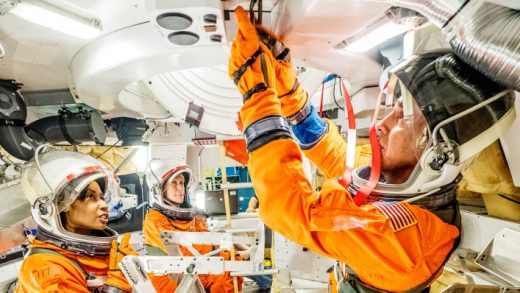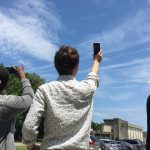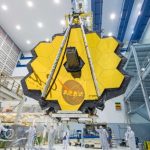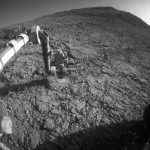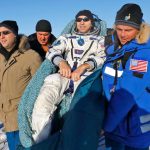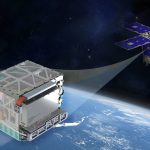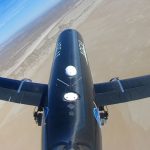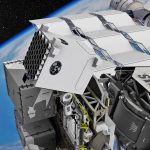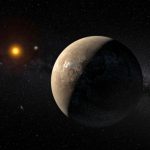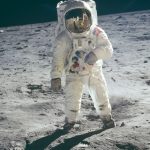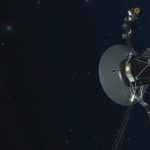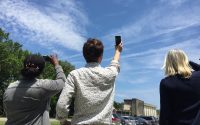NASA’s Future Astronauts Will Need These Job Skills
NASA is announcing a new class of astronauts today—but only after a selection process that’s been about 18 months in the making. That’s partly because more than 18,300 hopefuls from all 50 states plus the District of Columbia, Puerto Rico, Guam, and American Samoa have flooded NASA with applications to join its human spaceflight program.
That’s a record figure, according to NASA–nearly double the all-time high of 8,000 applications that the agency saw way back in 1978. For some organizations, the bigger the pool, the better (like when the 2012 Olympics hired 9,000 people all at once, or last year when multinational professional services firm EY went on a hiring spree to add more than 15,000 staffers). But NASA, like Google, has to narrow its candidate cohort down to a fraction of everybody who’s applied—which in this case means between 8 and 14 individuals.
How does that happen, and what exactly are the skills NASA’s hiring team is looking for in its next crop of astronauts?
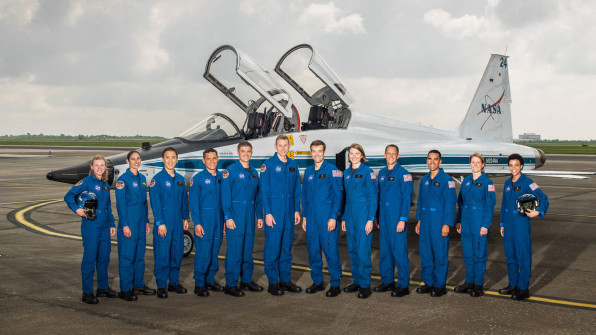
Minimum Requirements
For starters, there are some basic requirements such as U.S. citizenship; a bachelor’s degree from an accredited institution in a science, technology, engineering, or math (STEM) field; and at least three years of related experience, or at least 1,000 hours of pilot-in-command time in jet aircraft. “Related experience” doesn’t always mean military service, though. NASA says that teaching, including at the K–12 levels, is considered an acceptable qualification.
Tackling this stage of the vetting process is similar to college admissions. NASA public affairs specialist Brandi Dean tells Fast Company that there’s a dedicated group of about 50–60 people, primarily from human resources, whose job it is to do this first round of vetting. But due to the record volume, she says, “We had to bring them in from other NASA centers to help our human resources team here at Johnson Space Center [in Houston].” The team reviewed applications to make sure they met the minimum qualifications, then sorted those that did according to their discipline.
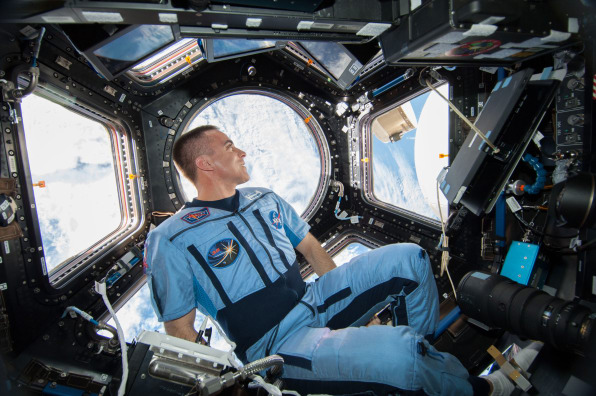
Callbacks
Next, the remaining candidates get reviewed by the 50-person Astronaut Rating Panel, most of whom are current astronauts. The panel narrows the pool down to a few hundred of the most highly qualified applicants, who then go through a reference check.
Those who pass get to come in for in-person interviews with the Astronaut Selection Board, a team of about a dozen people—which is also primarily, but not exclusively, made up of astronauts, says Dean. At this point, the team is looking at roughly 120 of the top candidates. That handful gets winnowed even further to 50 who come back for a second interview and additional screening.
Making The Cut With “Expeditionary Skills”
It’s at this stage that NASA really digs into the candidates’ skills–both hard and soft. Dean isn’t authorized to share exactly what tests applicants are given, but she does say that candidates have to demonstrate emotional intelligence (EQ), too. That’s assessed through their interviews, as well as other psychological testing.
NASA considers having a strong EQ and great teamwork abilities just as essential as technical expertise and so-called leadership skills. That’s why the Astronaut Selection Board looks for candidates who demonstrate good “expeditionary skills” in their previous experience. Dean says that includes things like showing cultural competency (recognizing that everyone’s contribution has value, no matter how unfamiliar), good self-care and team-care, and excellent communication skills in variety of situations.
Leadership And “Followership”
Make no mistake—NASA does look for good leadership skills. The agency’s hiring team understands that knowledge is important, as is initiative and decisiveness. They seek out candidates who can listen well, since that’s a crucial skill for any good leader to get to know their team member and help them succeed. They know how to credit the team for success while taking responsibility for a team’s failures.
But NASA needs its astronauts to demonstrate “followership,” too. Good followers know how to assess their own roles on a team and understand whether their efforts are helping or hindering the team’s goal.
“All astronauts must be able to be leaders as well as followers,” says Dean. For instance, one might be the commander of the mission, but a crew mate might be the lead spacewalker. “You need to be able to lead that person in general tasks, but also let them be the leader when it comes to the spacewalk,” she explains.
Dean also points out that that the chief astronaut rotates into that position for a few years, then steps aside in order to train for another mission where they’ll answer to somebody else. In other words, there’s no room for anyone who can’t collaborate or take constructive feedback. Says Dean: “You have to be able to be both.”
The most important skill an astronaut can have doesn’t necessarily involve hard science.
NASA is announcing a new class of astronauts today—but only after a selection process that’s been about 18 months in the making. That’s partly because more than 18,300 hopefuls from all 50 states plus the District of Columbia, Puerto Rico, Guam, and American Samoa have flooded NASA with applications to join its human spaceflight program.
Fast Company , Read Full Story
(54)

